PRC’s nuclear battery shows the Red Dragon tech Threat.
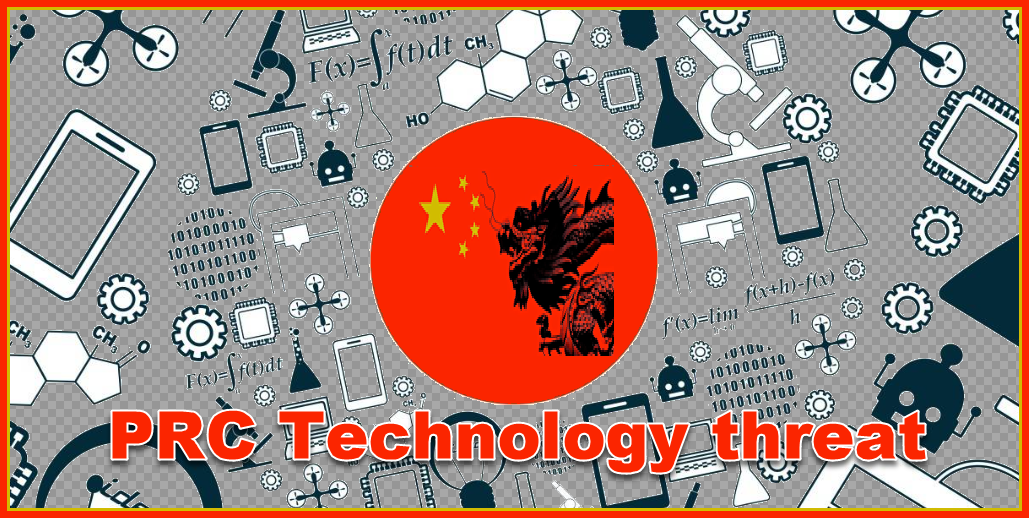
UAS Vision, see below, has written about a disruptive battery innovation from the PRC company, Betavolt,miniature NUCLEAR BATTERY that it says can keep working for up to 50 years. The article well describes what this energy source can deliver in thorough detail. Read it and weep! (assuming that the information from the PRC can believed—my initial reaction. However, in addition to the credible UAS Vision report, a GOOGLE search identified other reliable sources—included at the end of this post.
The value of this energy source development has broad policy implications. Since 1903, US aviation has had a substantial aerospace advantage. This leverage has directly benefitted our regulations and our Airframe, Avionics, Powerplant and related systems. The FAA’s “Gold Standard” has ridden this technology leadership wave, too.
Recent very public events have diminished these global positions. This PRC announcement may have collateral impacts on this balance of powers. It appears as though the Communist nation may be the exclusive source of these batteries that have immediate application to eVTOLs and other electricity-driven airplanes/aircrafts.
This observation, albeit nascent, should cause the American policymakers to focus their attention of what this nation should be doing; a few suggestions (not in order of importance or action):
- Increase in private and federal investments in technology.
- Heightened awareness of Intellectual Properties related to the PRC.
- Protection of Formosa, a/k/a Taiwan, the world’s largest single computer chip producer a critical asset to the Free World.
- Establishment of improved diplomatic relations by the FAA with all of the World’s CAAs. Witness the speed with which 18 nations grounded the Max 8, the US’s airworthiness stature suffered.
- This goal needs Congressional and Executive support in terms additional overseas offices, staffing and budget.
- Though the top line of FAA certification experts is being tested, the Administrator must identify individuals who are both knowledgeable on airworthiness issues and good communicators. They must recognize that speaking in authoritative tones no longer works. Yes the foreign counterpart may not be as expert, but they must be treated as equal.
- This is a recommendation that begins with me. Constant reference to the FAA as the GOLD STANDARD does not help. It is debatable whether the name is valid. The perception is not widely held. The use of this sobriquet by Senior Federal Executives, US Elected Legislators and others infuriate many, many foreigners.
US intelligence agencies have labeled PRC made UASs as security threats. Restrictions are being placed on the country’s Tik Tok app. If the technology threat of the Red Dragon in aerospace has not been designated as a risk, IT SHOULD BE NOW
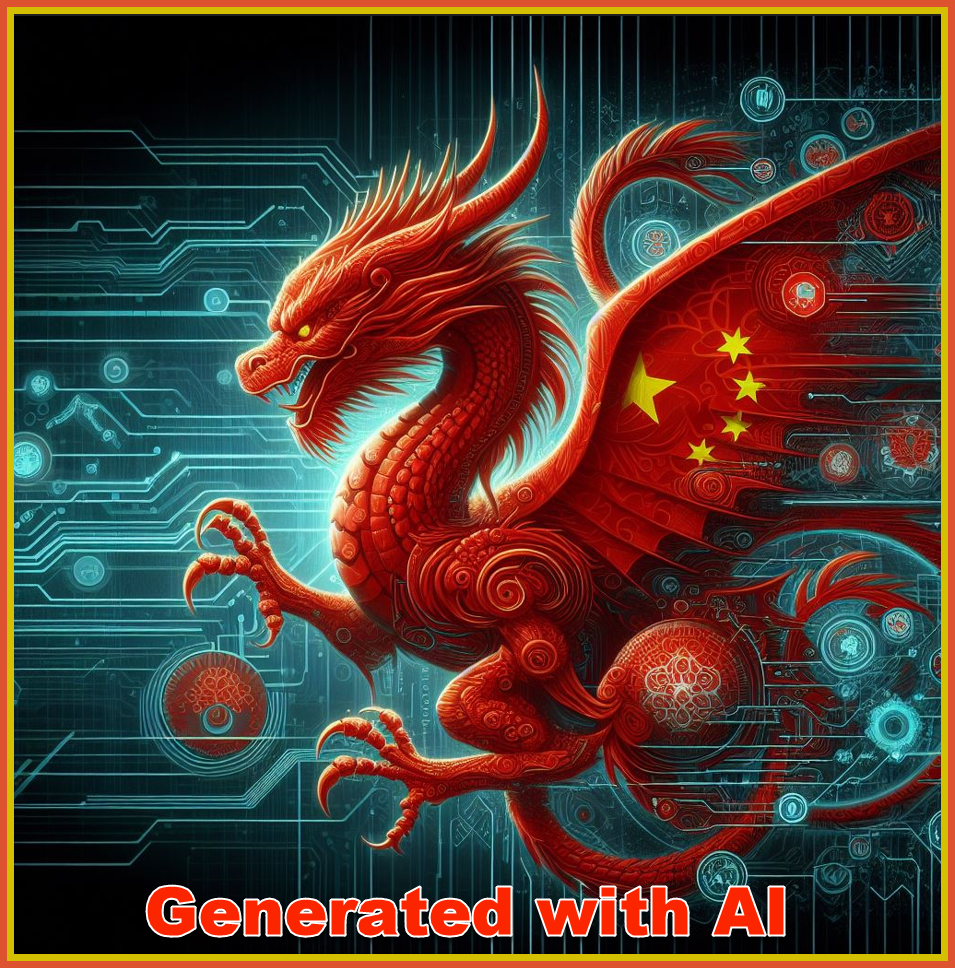
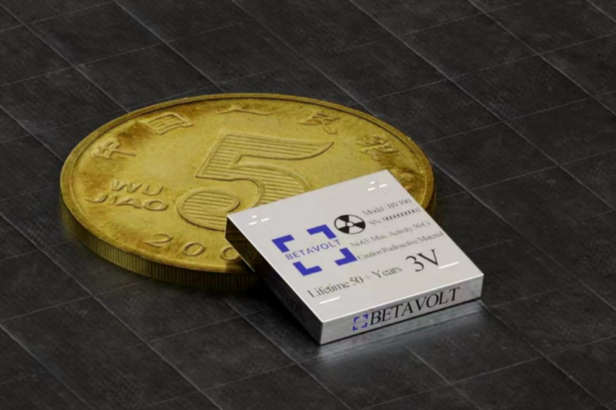
Chinese Startup’s Coin-Sized Nuclear Battery Could Fly Drones ‘Continuously’
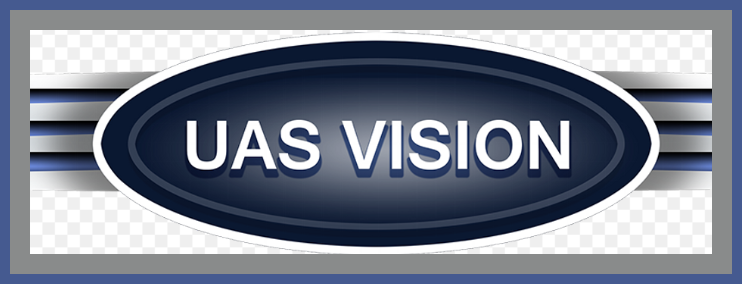
Betavolt, a Chinese tech company, is claiming with its NEWLY UNVEILED MINIATURE NUCLEAR BATTERY that it says can keep WORKING FOR UP TO 50 YEARS. The Beijing-based company claims to have entered the “pilot stage” for the battery, which is smaller than a coin and will soon put it into mass production.
This product combines nickel 63 nuclear isotope decay technology and China’s first diamond semiconductor (4th generation semiconductor) module to successfully realize the miniaturization of atomic energy batteries, modularization and low cost, starting the process of civilian use.
This marks that China has achieved disruptive innovation in the two high-tech fields of atomic energy batteries and fourth-generation diamond semiconductors at the same time, putting it “WAY AHEAD” of European and American scientific research institutions and enterprises.
Betavolt atomic energy batteries can generate electricity stably and autonomously for 50 years without the need for charging or maintenance. They have entered the pilot stage and will be put into mass production on the market. Betavolt atomic energy batteries can meet the needs of long-lasting power supply in multiple scenarios such as aerospace, AI equipment, medical equipment, MEMS systems, advanced sensors, small drones and micro-robots.
Atomic energy batteries, also known as nuclear batteries or radioisotope batteries, work on the principle of utilizing the energy released by the decay of nuclear isotopes and converting it into electrical energy through semiconductor converters. This was a high-tech field that the United States and the Soviet Union focused on in the 1960s. Currently, there are only thermonuclear batteries used in aerospace.
This type of battery is large in size and weight, has high internal temperatures, is expensive, and cannot be used by civilians. In recent years, miniaturization, modularization and civilian use of nuclear batteries have been the goals and directions pursued by European and American countries.
China’s “14th Five-Year Plan and 2035 Vision Goals” also propose that the civilianization of nuclear technology and the multi-purpose development of nuclear isotopes are future development trends.
Betavoltaic nuclear batteries develop a completely different technological approach, generating electric current through the semiconductor transition of beta particles (electrons) emitted by the radioactive source nickel -63 . To do this, Betavolt’s team of scientists developed a unique single-crystal diamond semiconductor that is just 10 microns thick, placing a 2- micron-thick nickel -63 sheet between two diamond semiconductor converters.
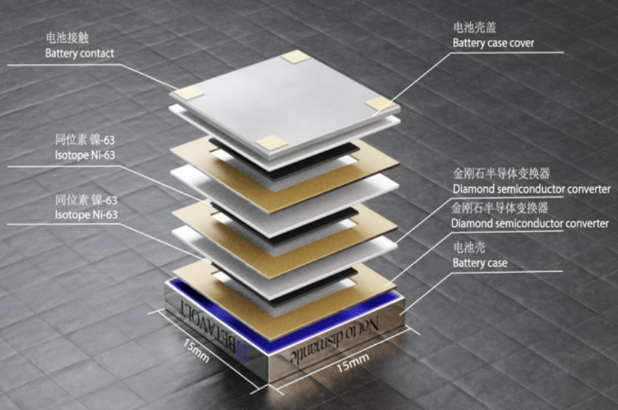
The decay energy of the radioactive source is converted into an electrical current, forming an independent unit. Nuclear batteries are modular and can be composed of dozens or hundreds of independent unit modules and can be used in series and parallel, so battery products of different sizes and capacities can be manufactured.
Zhang Wei, chairman and CEO of Betavolt[1], said that the first product the company will launch is BV100, which is the world’s first nuclear battery to be mass-produced. The power is 100 microwatts, the voltage is 3V, and the volume is 15 X 15 X 5 Cubic millimeters are smaller than a coin. Nuclear batteries generate electricity every minute, 8.64 joules per day, and 3153 joules per year.
Multiple such batteries can be used in series and parallel. The company plans to launch a battery with a power of 1 watt in 2025. If policies permit, atomic energy batteries can allow a mobile phone to never be charged, and drones that can only fly for 15 minutes can fly continuously.
According to reports, the atomic energy battery is a physical battery, not an electrochemical battery. Its energy density is more than 10 times that of ternary lithium batteries. It can store 3,300 megawatt hours in a 1- gram battery. It will not catch fire or explode in response to acupuncture and gunshots. Because it generates electricity automatically for 50 years, there is no concept of the number of cycles of an electrochemical battery (2,000 charges and discharges).
The power generation of atomic energy batteries is stable and will not change due to harsh environments and loads. It can work normally within the range of 120 degrees above zero and -60 degrees below zero and has no self-discharge. The atomic energy battery developed by Betavolt is absolutely safe, has no external radiation, and is suitable for use in medical devices such as pacemakers, artificial hearts, and cochleas in the human body.
Atomic energy batteries are environmentally friendly. After the decay period, the nickel -63 isotope as the radioactive source turns into a stable isotope of copper, which is non-radioactive and does not pose any threat or pollution to the environment. Therefore, unlike existing chemical batteries, nuclear batteries do not require expensive recycling processes.
Currently, Betavolt has registered a patent in Beijing and will begin to register global PCT patents. In the 2023 Innovation Competition held by China National Nuclear Corporation, Betavolt, as one of the very few external participating companies, stood out among hundreds of companies and research institutions and won the third prize in the competition.
IT REPRESENTS CHINA’S AUTHORITATIVE NUCLEAR TECHNOLOGY COMPANIES’ INVESTMENT IN BETAVOLT. Recognition of atomic energy battery technology and products. Betavolt has also communicated with China’s professional nuclear research institutions and universities, and plans to continue research on using isotopes such as strontium- 90, promethium- 147 and deuterium to develop atomic energy batteries with higher power and a service life of 2 to 30 years.
Zhang Wei said that the core of Betavolt atomic energy battery is the fourth generation diamond semiconductor, which is the ultimate semiconductor material well known in the industry and another high ground in the global semiconductor field technology competition.
Betavolt is currently the only company in the world that can dope large-size diamond semiconductor materials. High-efficiency diamond converters are the key to manufacturing nuclear batteries. Betavolt is not only a new energy company, but also a fourth-generation semiconductor and ultra-long carbon nanotube new material company.
Nuclear batteries, diamond semiconductors and supercapacitors are the three major technologies and materials that are linked and integrated to form Betavolt’s core technology and innovation capabilities.
Difficult to believe?
· This tiny radioactive battery can last 50 years without recharging — and it’s coming in 2025
· Betavolt’s BB100: The revolutionary nuclear battery powering the future
[1] Zhang Wei appears to be a common Chinese name. Google search results in a woman at Ralph Lauren, award winning MIT professor and University of Colorado professor.